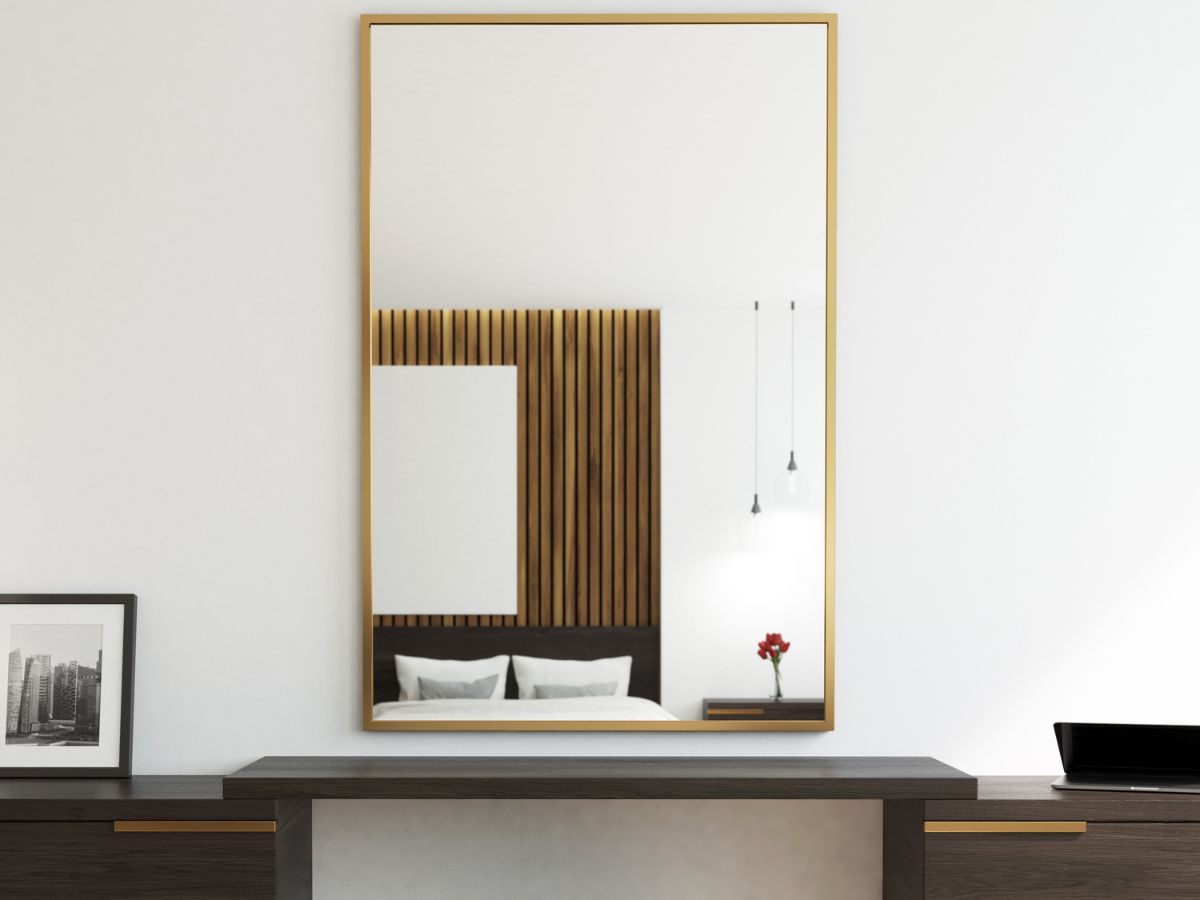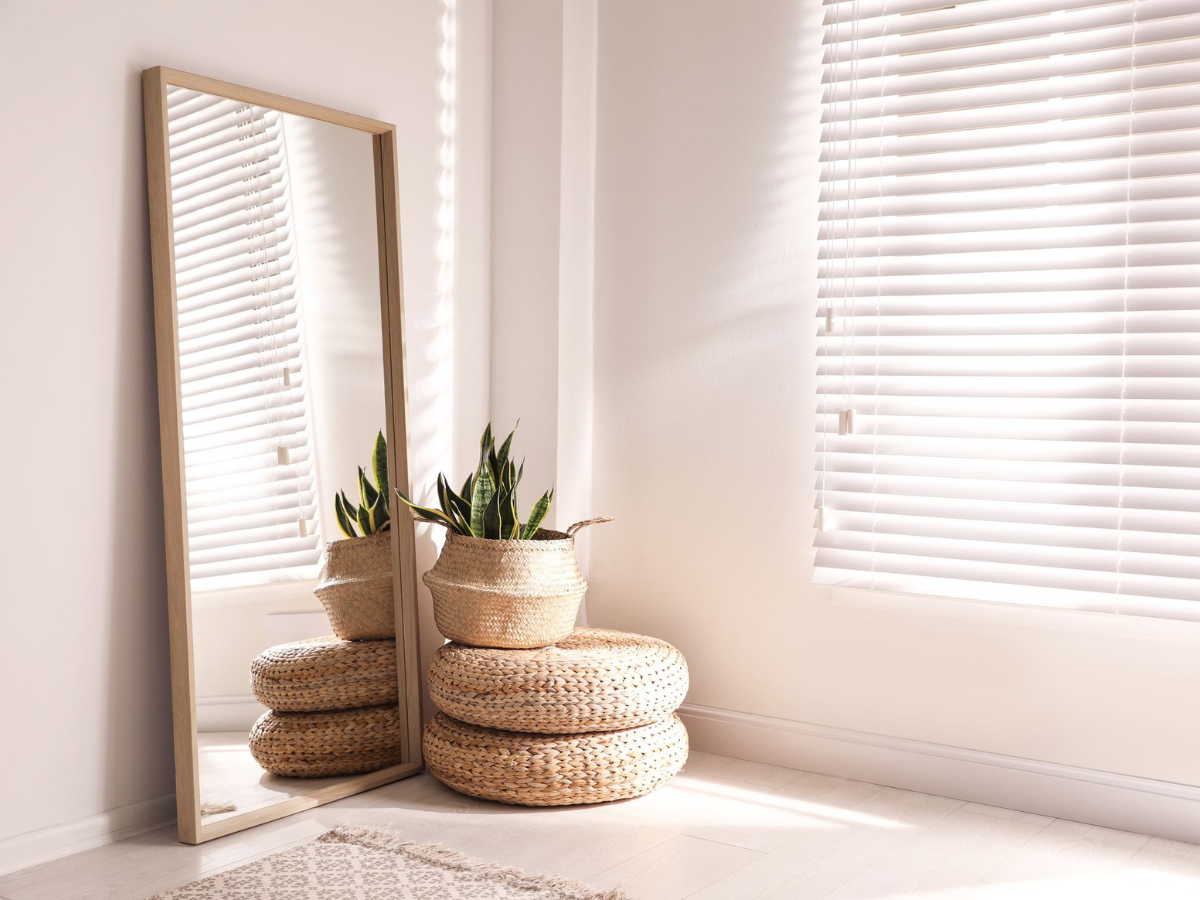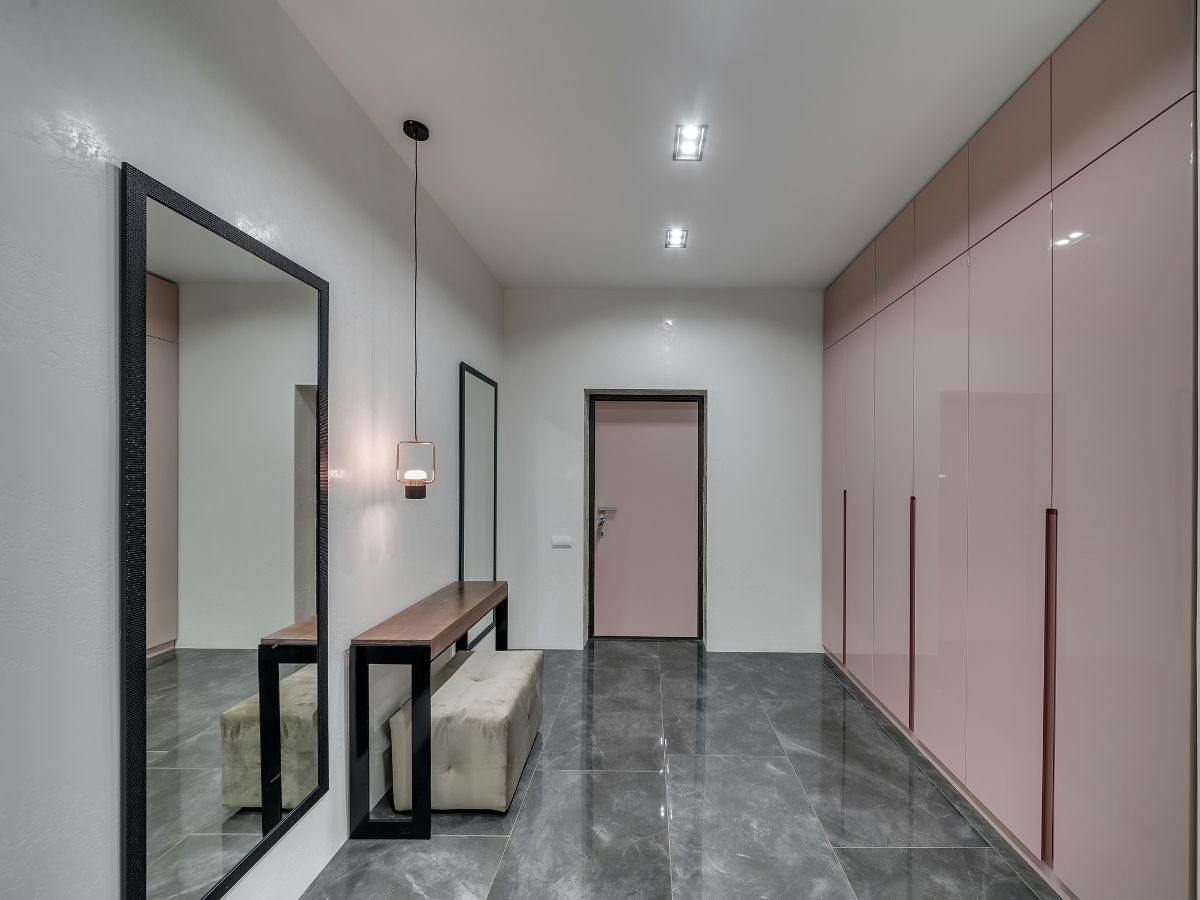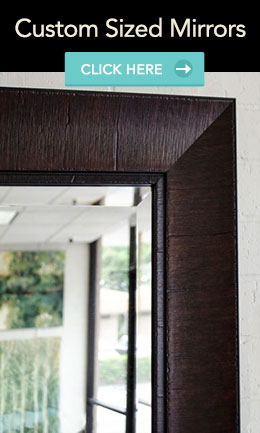
Upgrade Spaces with Style and Function with Framed Mirrors
Framed mirrors are a versatile element in interior design, capable of transforming spaces in both subtle and dramatic ways. Whether square, rectangular, or custom-shaped, framed mirrors add depth, light, and a sense of openness to any room. They’re more than just functional; framed mirrors serve as design statements, enhancing the aesthetic of interiors while solving spatial challenges. Understanding the full potential of framed mirrors—especially square and rectangular styles—is essential for creating sophisticated, well-balanced spaces.
Amplifying Natural Light
One of the most important benefits of framed mirrors is their ability to amplify natural light. Strategically placing mirrors opposite windows or light sources can double the amount of light in a room, making spaces feel brighter and more welcoming. In rooms where natural light is scarce, mirrors become even more valuable. The right mirror can reflect artificial light, elevating the room’s ambiance while reducing the need for additional lighting fixtures. For designers working in smaller or darker spaces, framed mirrors become an invaluable tool for opening up the area.
Creating the Illusion of Space
Mirrors, especially large framed square or rectangular designs, are often used to make rooms feel bigger. In smaller living rooms or narrow hallways, a well-placed mirror can trick the eye into perceiving more space than actually exists. When a framed mirror covers an entire wall or is strategically placed in a dining room or foyer, it creates the illusion of depth, making the area appear larger and more luxurious. For open-concept homes, mirrors help define spaces while maintaining a cohesive, flowing design.
Elevating Aesthetics
Framed mirrors serve as a design focal point, drawing attention and adding a layer of sophistication. Square and rectangular mirrors with bold frames can accentuate the style of the room, whether it’s modern, industrial, or classic. The frame itself acts as an additional decorative element, with materials such as wood, metal, or gold leaf offering a range of finishes to complement any interior. Interior designers often use framed mirrors to create symmetry or balance in rooms with high ceilings or asymmetrical features. The clean lines of a rectangular or square mirror can also bring order to a space that feels cluttered or disjointed.
Enhancing Functionality
In addition to their aesthetic appeal, framed mirrors offer practical benefits. In bathrooms and bedrooms, rectangular mirrors provide full views, making daily grooming tasks more convenient. They also play a role in entryways and living rooms, where they offer a last-minute check before heading out. For professional settings such as offices, large framed mirrors can enhance the sense of professionalism while boosting employee productivity by making spaces feel open and organized.
Versatility in Placement
Whether leaning against a wall or mounted, framed mirrors are incredibly versatile. Their geometric shapes work well in both minimalist and traditional designs, and they can be rotated for either a vertical or horizontal orientation, depending on the room’s layout and desired effect. Designers can use multiple mirrors in a gallery-like display to create a feature wall, or opt for a single oversized mirror to make a bold statement. The possibilities are endless.
By using framed mirrors into your designs, you can elevate a room’s functionality, aesthetic appeal, and atmosphere. With endless styles and sizes to choose from, these versatile elements are an essential tool in any interior designer’s toolkit.





